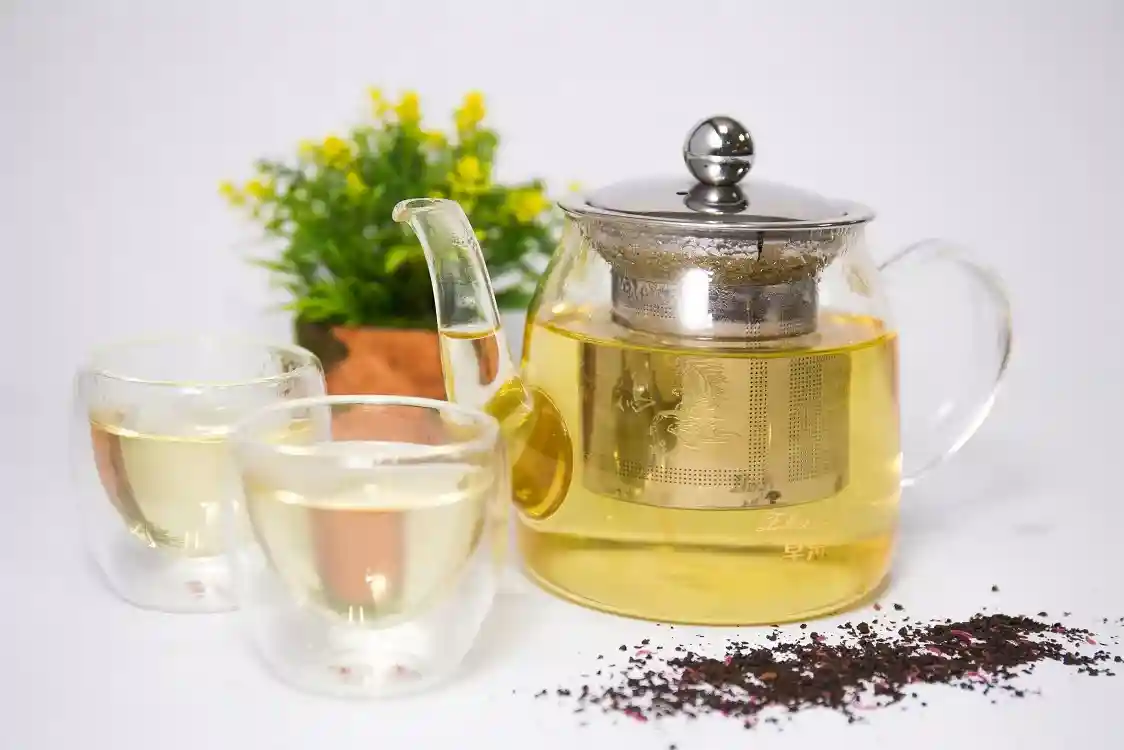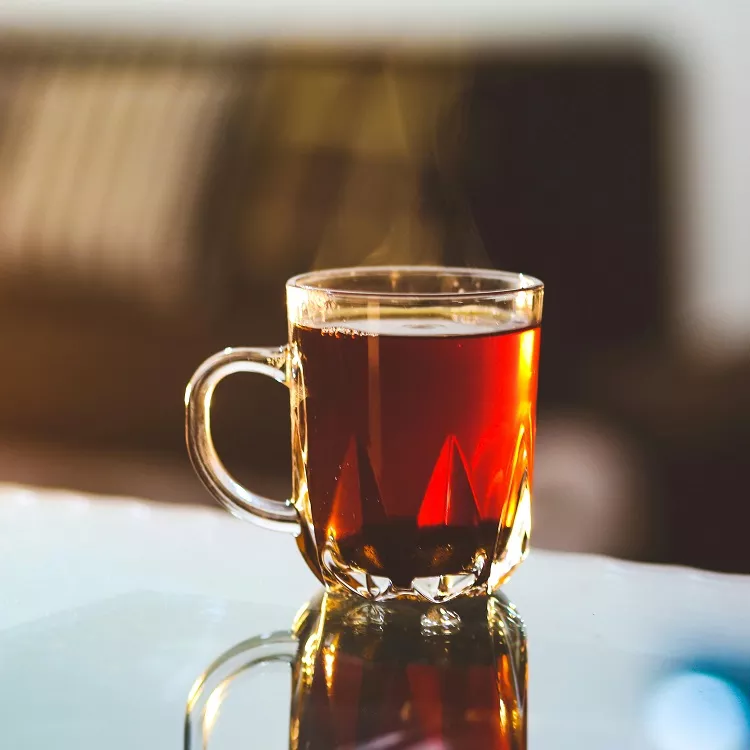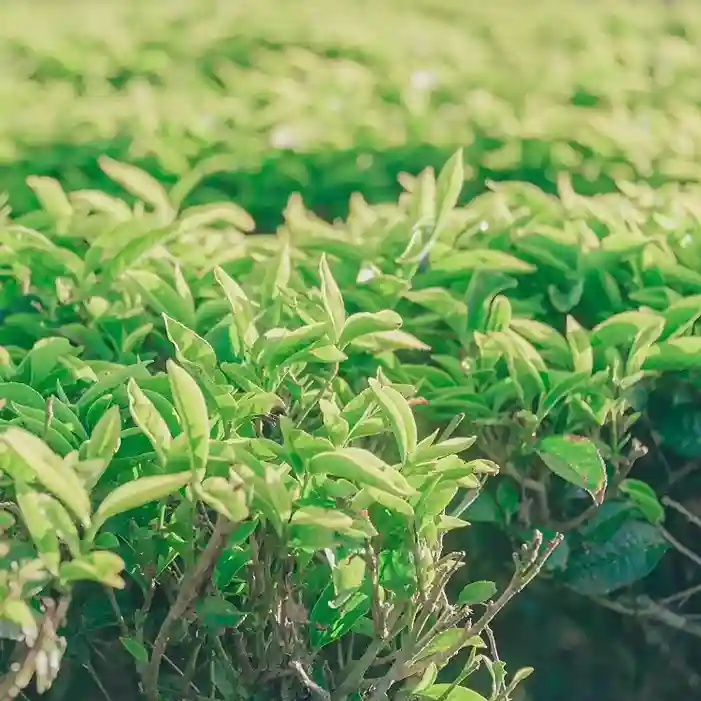Historical origins and evolution of tea traditions
The culture of tea drinking originates in China, where tea was first used as a medicine and only later as an everyday drink. Over time, simple consumption turned into an important part of spiritual and social practices. It was in China that the idea of a conscious attitude towards tea was formed: attentiveness to taste, aroma, utensils and the process of preparation.
From China, tea culture gradually spread to Japan. Buddhist monks who brought tea bushes and knowledge about their cultivation contributed to the birth of the Japanese tradition. At first, tea was a part of monastic life: it was consumed to keep vigorous during long meditations. Over time, tea drinking became a ritual combining spirituality, aesthetics, and inner discipline.
Under the influence of Buddhism and philosophical movements, the idea of ceremonies as a path to harmony emerged. An ordinary drink gradually acquired a symbolic meaning: every movement, every object, and even pauses became part of meditative practice. This is how tea turned into a tool for inner development.
Chinese tea ceremony
The Chinese tradition is based on the philosophy of mindfulness, respect, and skill. The Chinese tea ceremony teaches that the taste of a drink depends not only on the quality of the leaves but also on the state of mind of the person brewing the tea. The principles of the tea ceremony are based on the harmony of movements and precision of actions.
Preparation is of great importance: washing the tea, warming up the dishes, and awakening the flavor. Earthenware, especially made of baked Yixing clay, is considered the best. This unique material intensifies the taste and aroma, and over time, it retains the flavor and aroma of previous brews.
The stages of the tea ceremony include dry leaf evaluation, the first short brew, aromatic tasting, and several cycles of pouring.
The tea master is the central figure of the tea ceremony: he not only performs the ritual, but also conveys an atmosphere of calm and concentration, and maintains harmony among the guests.
Japanese tea ceremony
The formation of the Japanese tea ceremony is associated with the monks Eisai and Murata Juko, but the tradition was most developed by the master Sen-no-Rikyu. He identified four key principles of the tea ceremony: harmony (wa), respect (kei), purity (sei), and calmness (jyaku). They define the spirit of the Japanese tea room.
The Japanese tea ceremony differs by school, among which the most famous are Urasenke, Omotesenke, and Mushakojisenke. Each has its own approaches to movements, space design, and use of utensils. An important element is the iemoto system, which is the inheritance of knowledge passed down from teacher to student through generations.
The ceremonies are performed in different styles: formal, which was used by the samurai, and merchant, which was common in urban environments. Both emphasize attention to detail and aesthetics.
Levels of skill and training
The path in the tea ceremony is a long training consisting of numerous stages. Students start with basic movements, learn etiquette, rules of interaction and behavior in the tea room. After mastering the basics, they move on to more complex forms of tea ceremonies.
Qualification levels may include intermediate degrees and special authorizations to perform certain rituals. The role of the teacher is extremely important: he or she not only teaches the technique, but also transmits the spirit of the tradition and its philosophy. The school provides certification. This is done through the yemoto, the head of the school or tradition, who certifies the student’s skill level.
Space and attributes for ceremonies
The tea ceremony is inextricably linked to space. Tatami, low entrances, minimalist décor – all of this has a symbolic meaning. The tea room creates an atmosphere of tranquility where attention is focused on the ritual.
An important part is the tea garden, which is the path that leads to the tea room. It sets the guest in a state of contemplation. Among the attributes: teaspoons, brooms, bowls and special containers for powdered tea.
Seasonality plays a key role: floral arrangements, calligraphic scrolls and decorative elements change depending on the season, emphasizing the connection between man and nature.
The process of conducting a tea ceremony
Before starting, the host cleans the space and prepares the tools. The procedure is carefully thought out: from lighting the fire to making the first cup. The guests remain quiet and calm.
Tea is prepared slowly, with concentration, emphasizing the meditative nature of the tea ceremony. The final stage includes gratitude, inspection of dishes and farewell in an atmosphere of respect.

Modernity of tea traditions
Classical tea practices are being adapted to modern life. Tea schools and studios are opening in major cities to teach people the basics of the tea ceremony. In Ukraine, there is a growing interest in Chinese gongfu cha and Japanese tianyu, which popularizes the culture of mindful consumption.
Globalization is fostering the emergence of new forms of tea ceremonies, combining traditional approaches with stylish, modern practices. Tea is increasingly becoming part of wellness culture as a way to slow down and take care of yourself.
Spiritual and philosophical dimension
The tea ceremony is a meditative path to inner purification, mindfulness, and harmony. The connection with nature is manifested in seasonality, simplicity, and appreciation of imperfections – the principle of wabi-sabi.
For many, it is a space for self-discovery and community building. Tea drinking brings people together, teaches mutual respect, and supports a culture of dialogue.







